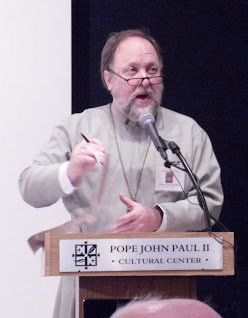More Abundant and Varied: Looking at the Links between two Twentieth Century Lectionaries
by Dr. Fred Graham, PhD. (Associate Professor Emeritus - Faculty of Theology - Emmanuel College of Victoria University)
The dates 1963 and
1978 point to significant turning points in congregational life for Roman
Catholic as well as for Protestant and Reformed Churches. In 1963, the Second
Vatican Council convened and a year later announced the preparation of a new
lectionary containing “more abundant, varied, and appropriate reading of the
sacred scriptures.” Reformed and Protestant bodies soon picked up the idea, and
in 1978 convened an ecumenical and international consultation in Washington to
emulate the success of the Ordo Lectionum Missae adopted by Roman
Catholics. The result was the Common Lectionary (1983) and the Revised
Common Lectionary (1992). Dr. Fred Graham was a member
of the editorial committee (1988-92) for the RCL, and is a past chair
of the Consultation on Common Texts
who published it. His new account of why it looks the way it does is now
available from Fortress Press. He will comment on this new
history and the related commentary.









